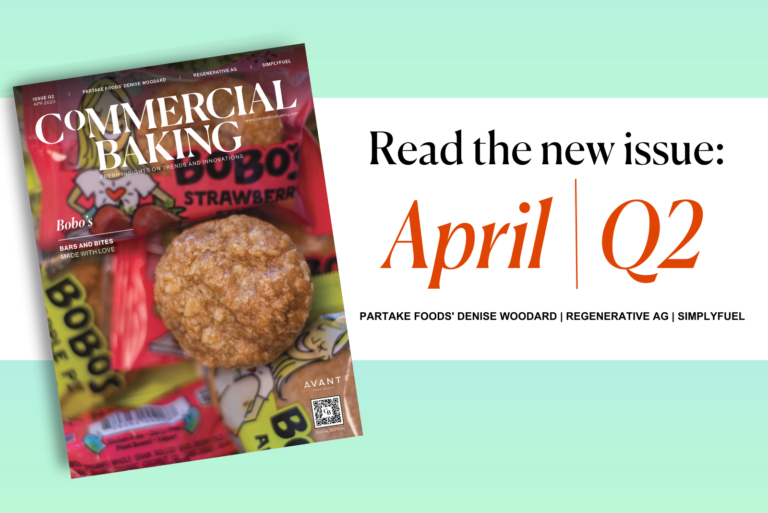KANSAS CITY, MO — How are food and beverage brands thinking about NFTs? As expected, some of the largest global QSR players were among the first to jump on the bandwagon. At the start of 2021, big names like McDonald’s, Coca-Cola and Taco Bell made flashy headlines with an onslaught of high-profile releases.
To mark the relaunch of its McRib sandwich, McDonald’s gave away 10 McRib NFTs as part of a sweepstakes promoted on Twitter. The chance to obtain one of the exclusive digital art pieces was aimed at superfans hoping to own a piece of the McRib’s 40-year history.
Coca-Cola’s inaugural NFT collection dropped just in time for International Friendship Day with proceeds from the auction benefiting Special Olympics International. The four unique multisensory NFTs reimagined some of the brand’s most notable features for the metaverse including a custom-designed jacket wearable and sound visualizer that brings to life a Coke’s iconic audio cues.










